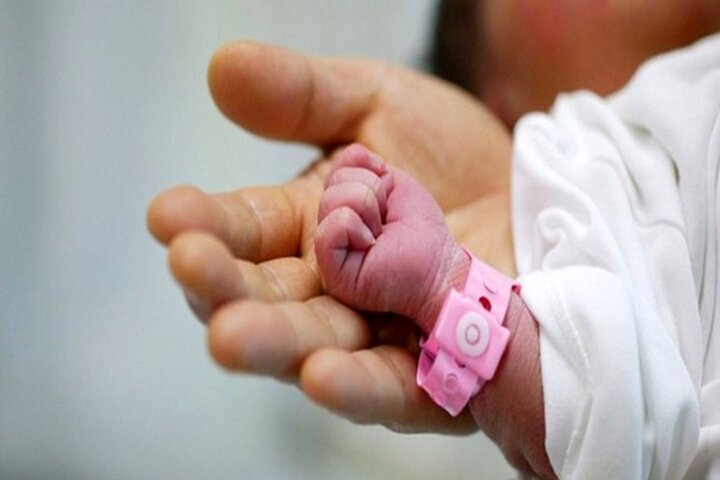Average age of first-time mothers in Iran is 27.4: report

TEHRAN - The average age of women in Iran giving birth to their first child stood at 27.4 years in the first five months of the current Iranian calendar year that started on March 21, according to a report by the National Organization for Civil Registration.
The average age of the father at the birth of his first child was 32.3 over the five-month period, the report added.
The average age of first-time mothers in urban areas was 28.2 and in rural areas was 24.3. The average age of first-time fathers in urban areas was 32.8 and in rural areas was 29.9.
In the first nine months of the past Iranian calendar year, more boys than girls were born. Over 51.8 percent of babies born were boys and 48.2 percent were girls.
The ratio of male to female births in this period was 107.6 which shows a 0.6% growth compared to the same period last year (107), ISNA reported.
The ‘natural’ sex ratio at birth is around 103 to 107. This ratio gradually decreases in the following years due to the high death rate of the males. Around 20-25 years of age, this ratio is balanced and reaches 100.
The crude birth rate in the country for 9 months was equal to 8.12 per thousand population.
Also, Sistan–Baluchestan province and Gilan province with 9.27 per thousand population and 7.7 per thousand population had the highest and lowest crude birth rates.
Fertility rate should reach 2.5
In November 2023, an official with the Ministry of Health said that the total fertility rate should reach 2.5 from 1.66 before the closure of the demographic window in the next five years.
"The country is on the threshold of aging; to tackle this crisis, we must promote childbearing and youth population,” IRNA quoted Saber Jabbari as saying.
Over the last 30 years, the total fertility rate of the country has declined, but in the Iranian calendar year 1401 (March 2022–March 2023), the downward trend in fertility came to a halt, he added.
“Carrying out programs that are focusing on the youth population at the national level is a strategy to increase the total fertility rate,” Jabbari stressed.
Stating that the country’s fertility rate rose from 1.65 in the year 1400 (March 2021 – March 2022) to 1.66 in 1401 (March 2022 – March 2023), the official noted, “According to the general policies of the Seventh National Development Plan (2023 – 2027), the replacement rate is 2.5 which is to be achieved in the next five years before the closure of the demographic window.”
Talking about modern methods of infertility treatment, he said all modern methods of infertility treatment are offered in the country.
Leave a Comment